Le Nostre Idee Vinceranno
November 30 - January 6, 2002 | video-sound installation |
Conceived for Gemine Muse, Museo Mocenigo, Venezia
Curated by Virginia Baradel
Text in catalogue by Efthalia Rentetzi
Le Nostre Idee Vinceranno (Our Ideas Will Win) is a multimedia video-sound installation by Venetian artist Andrea Morucchio, created for the Gemine Muse project and installed at Museo Mocenigo in Venice. The work is rooted in a dialogue with a historical painting—The Naval Battle, by an anonymous artist—located in the museum’s Red Room. Through a layered interaction between moving images, music, and space, Morucchio reinterprets the painting’s themes of sacrifice and heroism in light of contemporary global events.
At the core of the installation is a double video projection, displayed on the upper corners of the wall framing the original painting. This immersive visual element draws from highly magnified, digitally manipulated photographic details of the painting’s figures. Their outlines are transformed—monochrome, transparent, and pulsating—floating in slow motion across a backdrop of stylized brocade lilies. This visual field itself pulses rhythmically, mimicking a metronome that regulates the ghostlike appearances and disappearances of the martyrs’ bodies, alluding to the relentless recurrence of war and sacrifice throughout history.
The painting, bathed in a cool blue light, is stripped of its naturalistic color, focusing the viewer’s attention on its dramatic narrative: the self-sacrifice of Zaccaria Mocenigo, a Venetian naval captain who chose to blow up his own ship rather than surrender. This historic act of martyrdom becomes a point of reflection in the context of the early 2000s—specifically, the violent onset of the Second Palestinian Intifada—prompting a re-examination of how heroic narratives are framed, consumed, and replicated across time and cultures.
The installation’s sound component is based on Luigi Nono’s Il Canto Sospeso, a powerful choral composition that alternates with the visuals, creating a synchronized audiovisual experience. The text sung by the choir is drawn from the final letters of resistance fighters sentenced to death during the Nazi-fascist regime. One letter in particular stands out:
“…I die for a world that will shine with such strong light, with such beauty that my own sacrifice is nothing for it. Millions of men have died on the barricades and in war. I die for justice. OUR IDEAS WILL WIN.”
This final sentence gives the installation its title, becoming a refrain of hope, defiance, and ambiguity. Printed on red flyers distributed throughout the museum, the phrase serves as a conceptual trigger, inviting visitors to question the meaning and legacy of sacrifice—whether political, spiritual, or ideological.
By juxtaposing the solemn language of historical resistance with contemporary imagery of violence and ideological extremism, Morucchio raises uncomfortable but necessary questions about the glorification of death, the rhetoric of martyrdom, and the ideological forces that shape our collective memory.
Le Nostre Idee Vinceranno is less an artwork to be observed than a space to be inhabited—emotionally, intellectually, politically. It is a meditation on the thin, often blurred line between heroism and fanaticism, celebration and critique, remembrance and manipulation.
About Gemine Muse:
Gemine Muse is a national project promoted by GAI (Young Italian Artists Association) and CIDAC (Association of Art and Culture Cities), with support from DARC (General Directorate for Contemporary Architecture and Art) and the National Center for Contemporary Arts, under Italy’s Ministry of Cultural Heritage. The initiative connects Italy’s rich artistic heritage with the vision of emerging contemporary artists. In each edition, young artists are invited to create new works inspired by masterpieces housed in local museums, offering fresh and often provocative reinterpretations of the past. The project also involves young curators, encouraging critical dialogue across generations, disciplines, and cultural contexts.
Exhibiting artists: Maura Banfo, Jacopo Benassi, Davide Bertocchi, Max Bottino, Silvia Camporesi, Paolo Consorti, Andrea Contin, Lorenzo D’Anteo, Michele De Marchi, Daniele Devoti, Giovanna Fra, Ettore Frani, Gionata Gesi, Pierfrancesco Gnot, Federico Gori, Andrea Morucchio, Paolo Pennuti, Laurina Paperina, Paolo Piscitelli, Riccardo Previdi, Alessandro Roma, Marco Samorè, Barbara Tavella, Saverio Todaro, Carlo Vidoni, Ivan Zanoni.
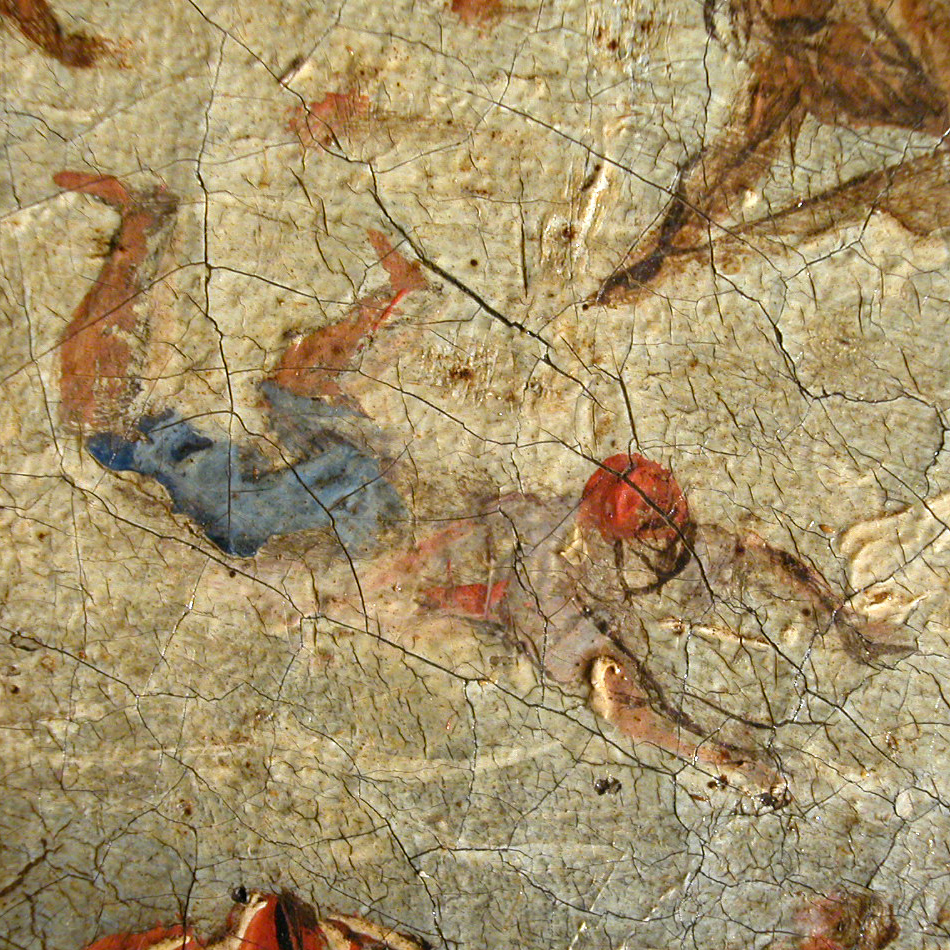

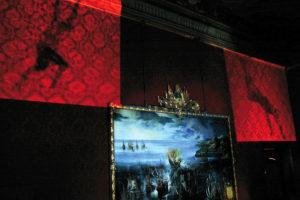
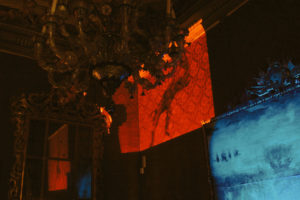
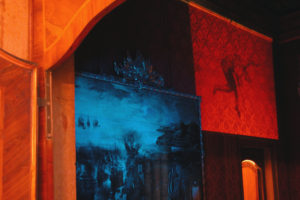
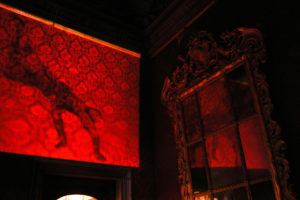

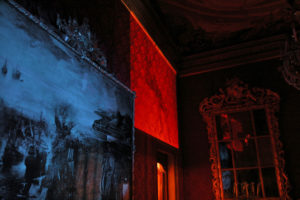
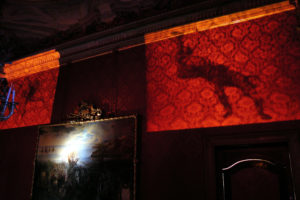
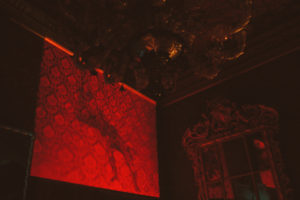
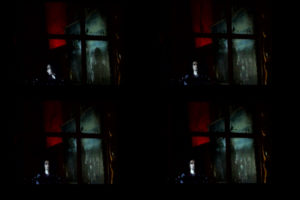
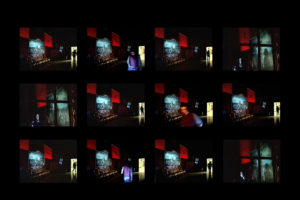
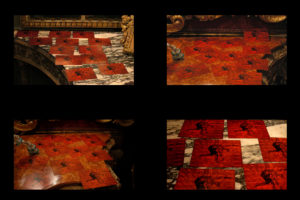
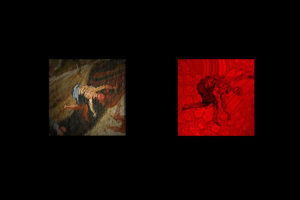
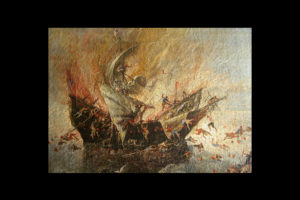
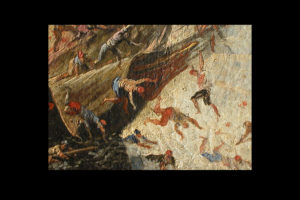
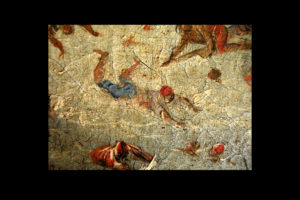
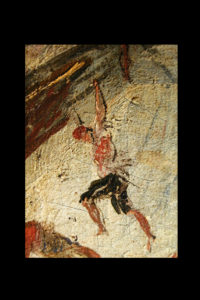
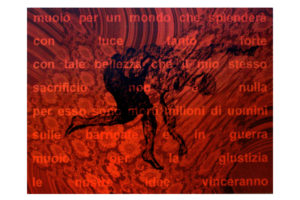
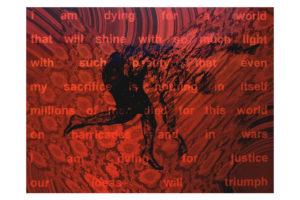
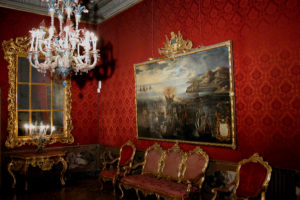
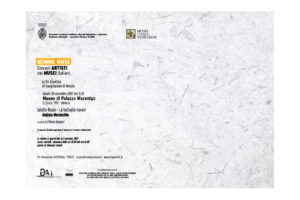
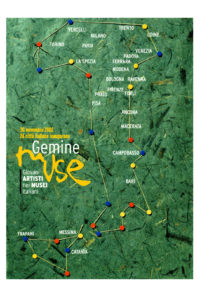
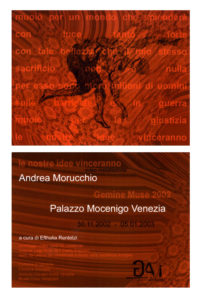
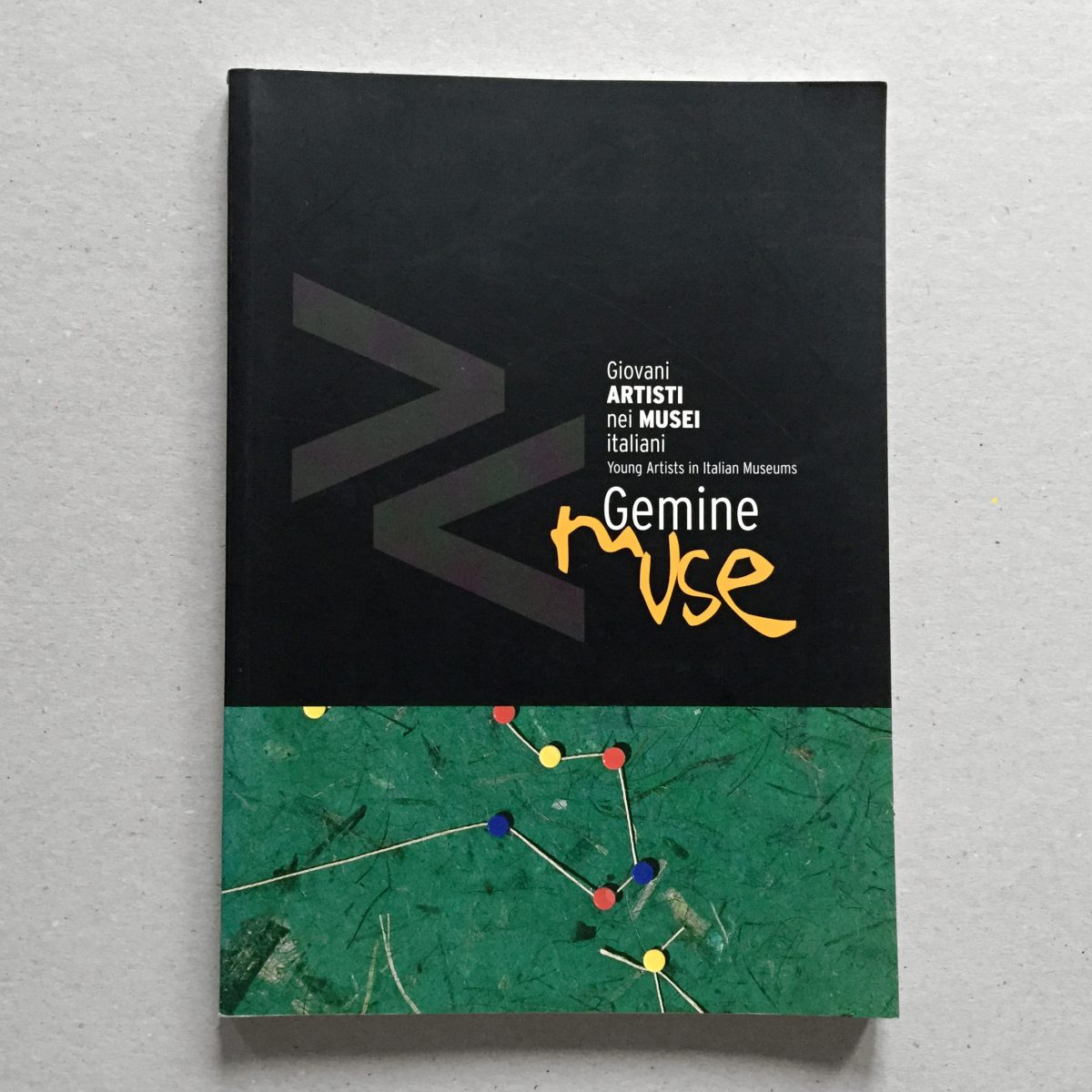 Gemine Muse
Gemine Muse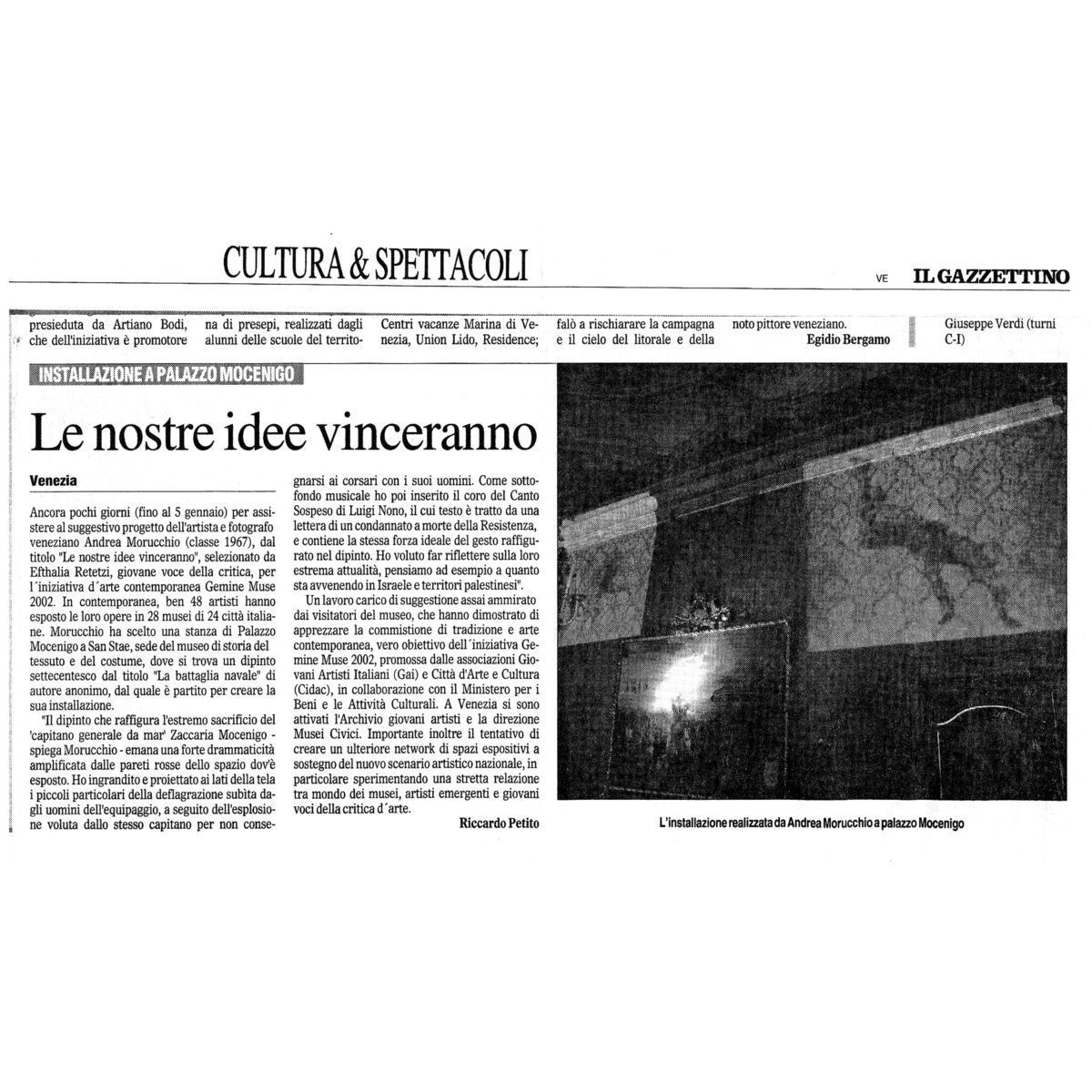 Il Gazzettino | 1.12.2002
Il Gazzettino | 1.12.2002 “Our Ideas will Triumph”, critic text by Efthalia Rentetzi, 2002, eng
“Our Ideas will Triumph”, critic text by Efthalia Rentetzi, 2002, eng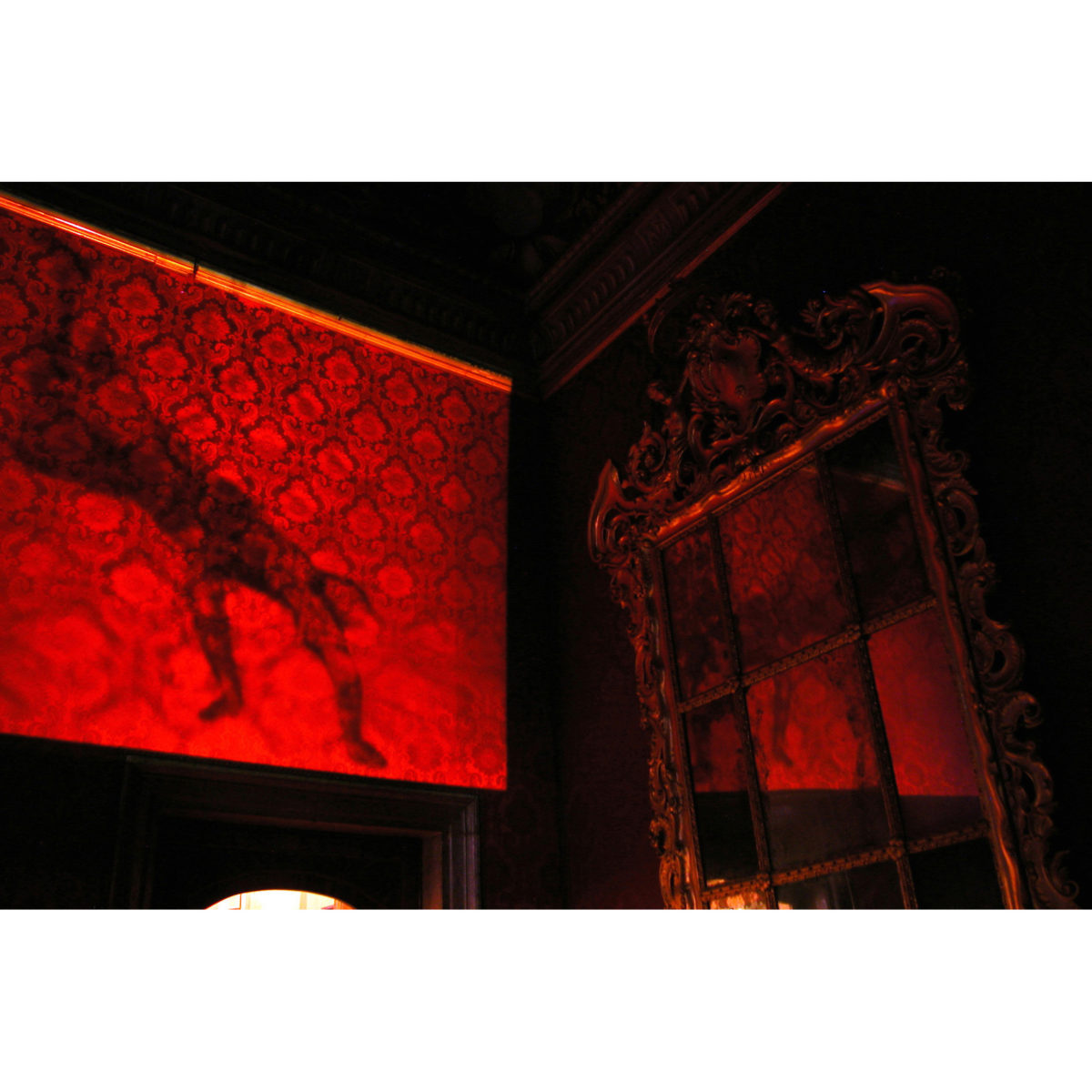 “Dai Sarcofaghi Romani a Moira Orfei”, testo di Virginia Baradel, 2002, ita
“Dai Sarcofaghi Romani a Moira Orfei”, testo di Virginia Baradel, 2002, ita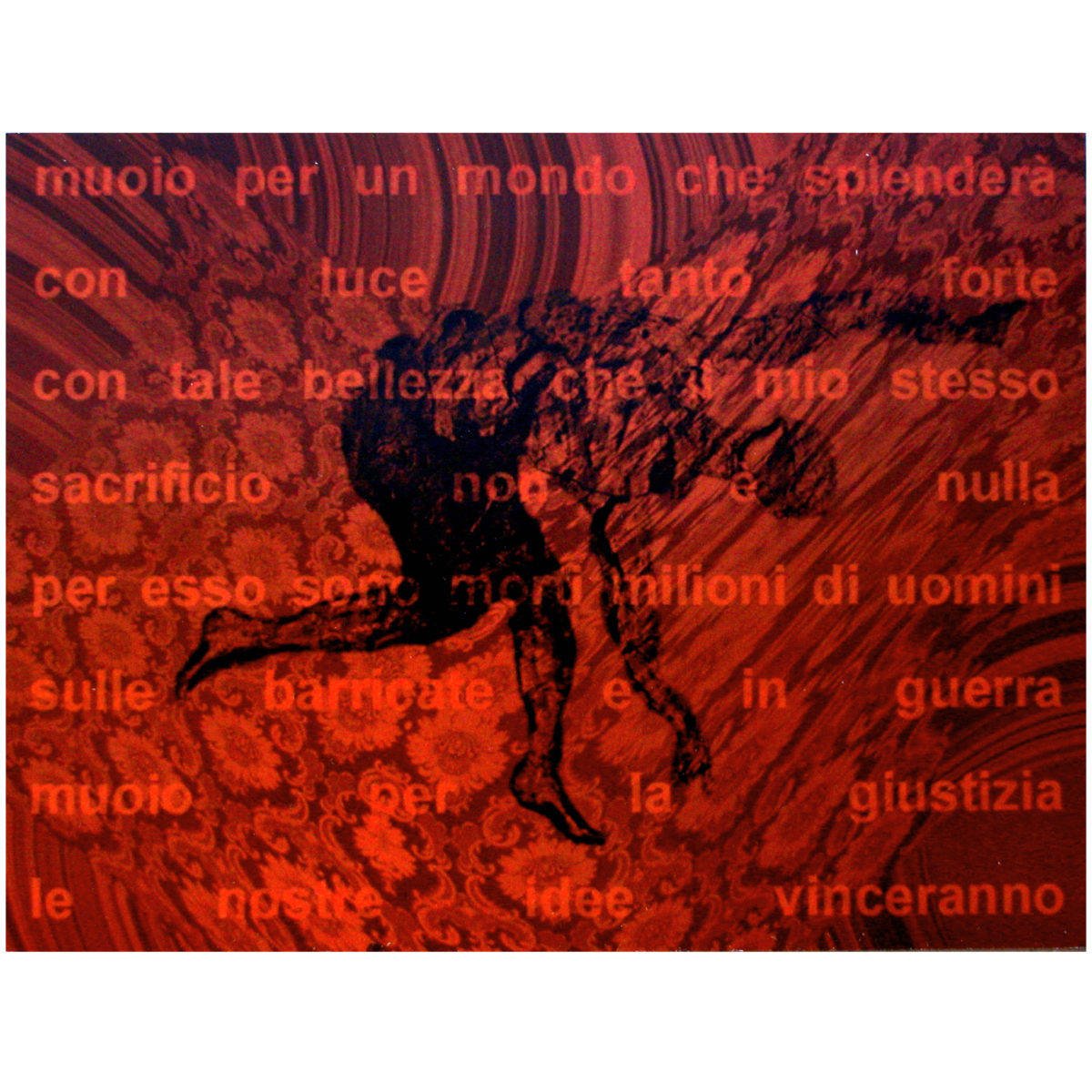 “Le Nostre Idee Vinceranno”, testo critico di Efthalia Rentetzi, 2002, ita
“Le Nostre Idee Vinceranno”, testo critico di Efthalia Rentetzi, 2002, ita